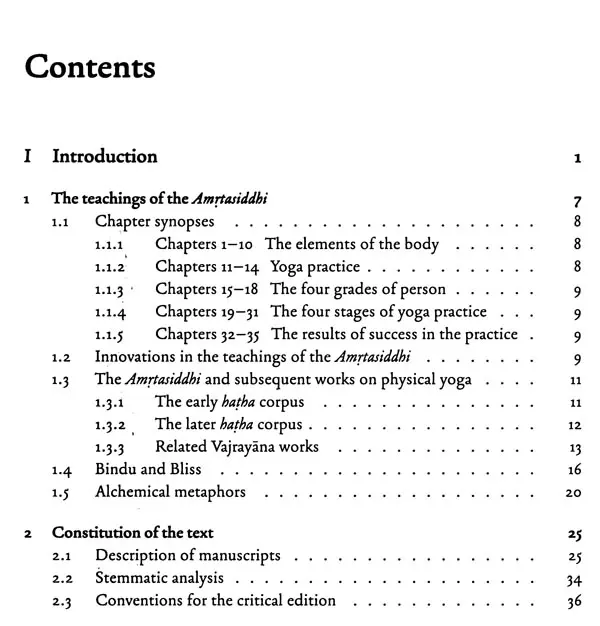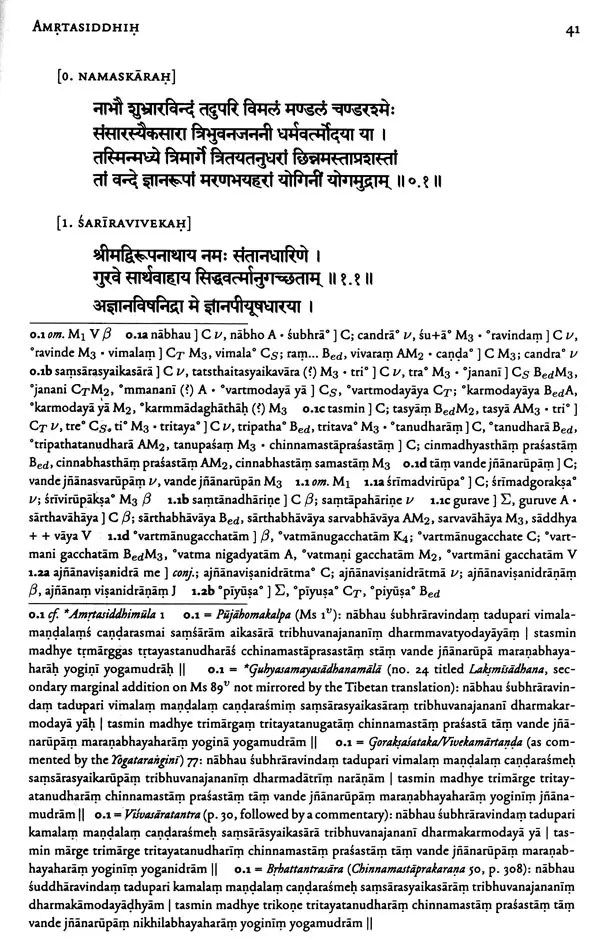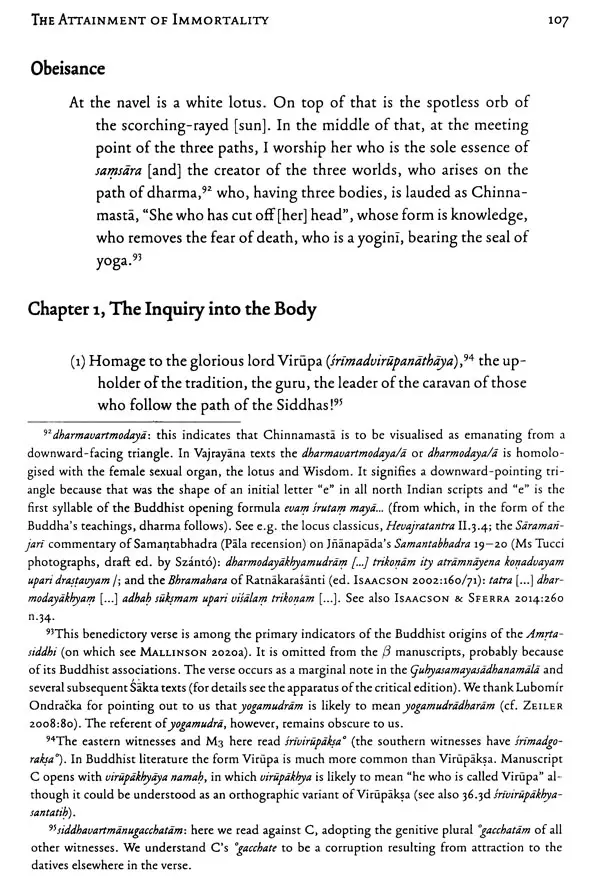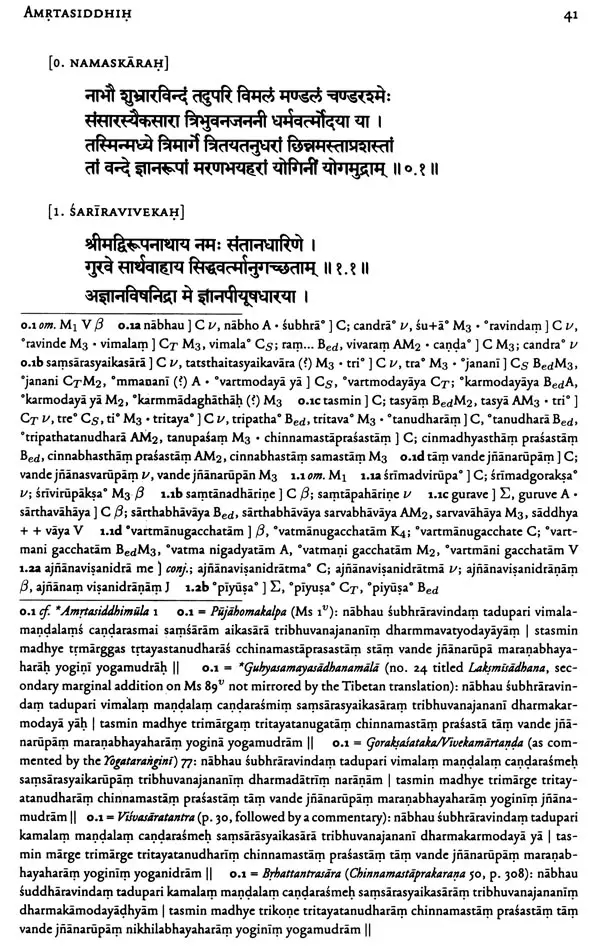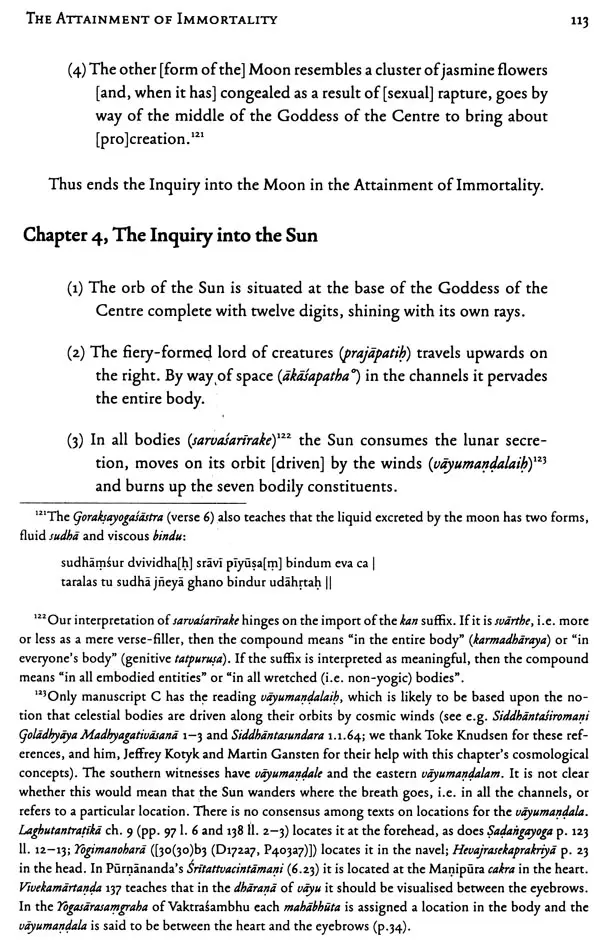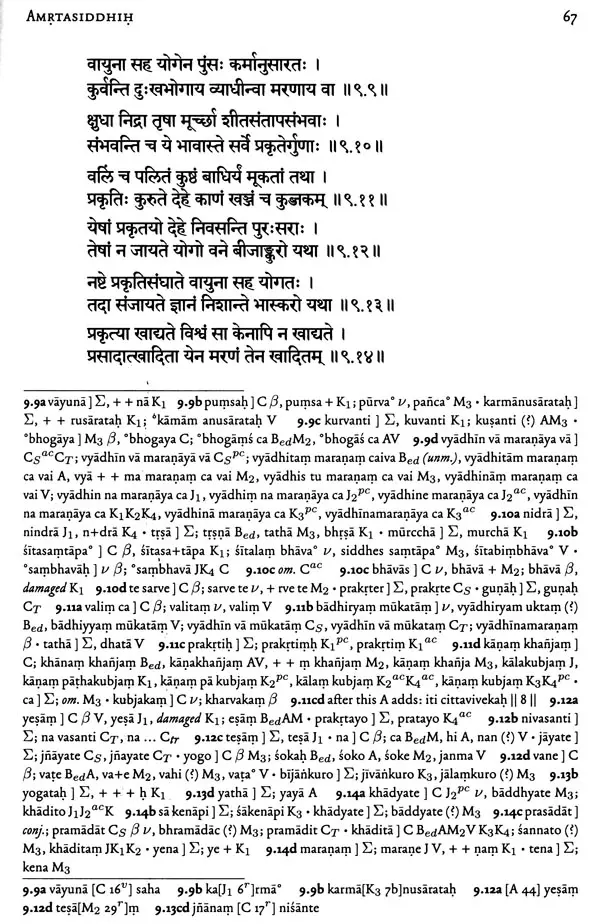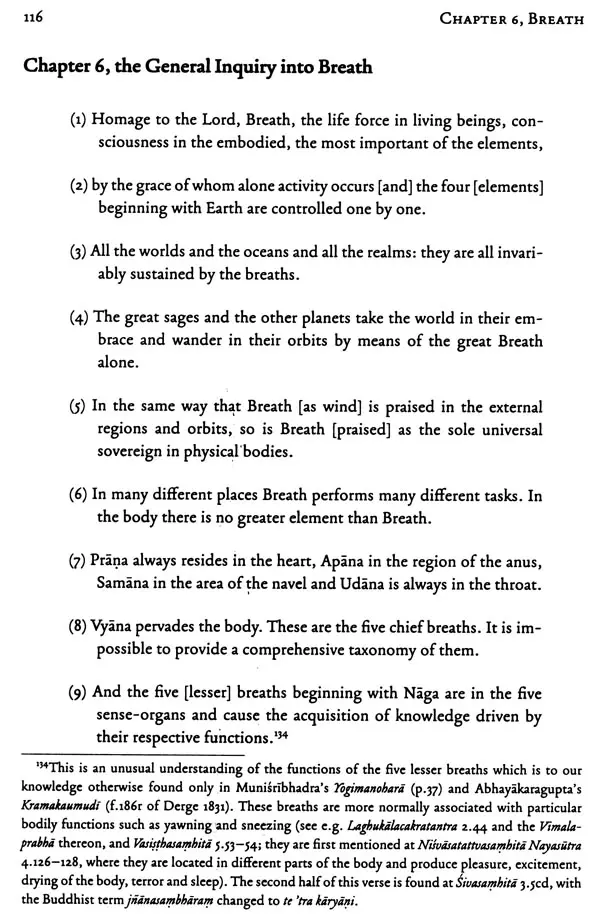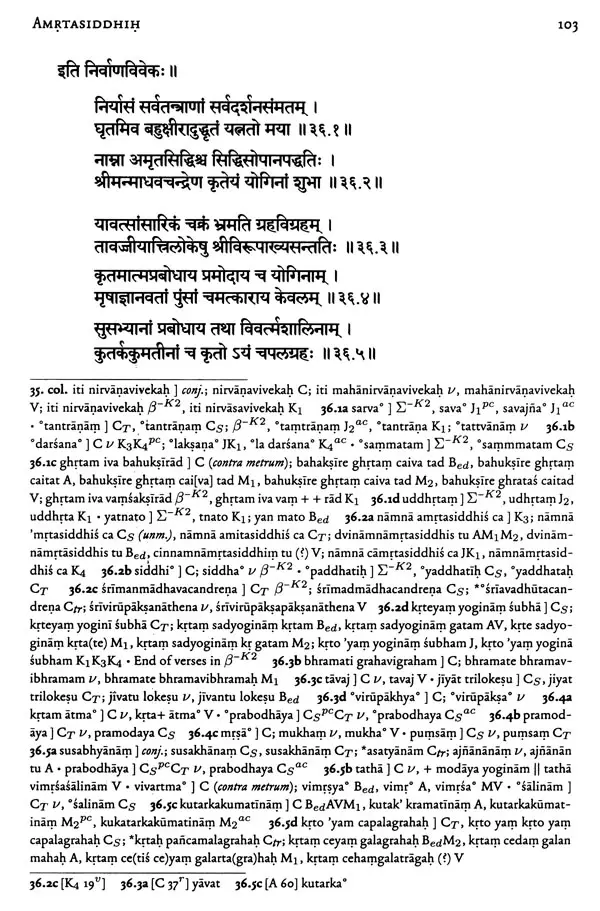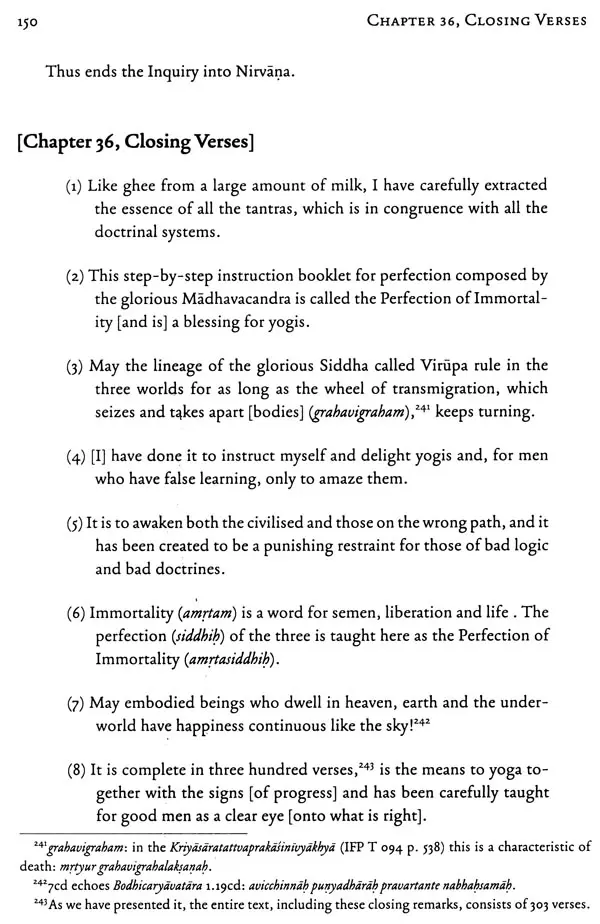
The Amrtasiddhi and Amrtasiddhimula- The Earliest Texts of the Hathayoga Tradition
Book Specification
| Item Code: | UAD633 |
| Author: | James Mallinson and Peter Daniel Szanto |
| Publisher: | Institut Francais De Pondichery |
| Language: | Critical Sanskrit Text With English Translation |
| Edition: | 2021 |
| ISBN: | 9782855392455 |
| Pages: | 216 |
| Cover: | PAPERBACK |
| Other Details | 9.50 X 7.00 inch |
| Weight | 420 gm |
Book Description
Peter-Daniel Szanto started his studies in Tibetology and Indology at Eotvos Lorand University, Budapest. He defended his doctorate in Oxford, prepared under the supervision of Alexis Sanderson, and then held several post-doctoral positions (Merton College, University Hamburg, and All Souls College). He is currently working at the University of Leiden. His research focuses mainly on the history and literature of tantric Buddhism in South Asia.
The text is edited here from twelve manuscripts and a variety of testimonial including citations and unacknowledged recycling. The Amrtasiddhi was first brought to modern scholarly attention by Kurtis Schaeffer in an article published in 2002, whose observations were based upon the bilingual (Sanskrit and Tibetan) manu-script we identify with the signup C, which in the 199os was in the Library of the Cultural Palace of Nationalities in Beijing.
In zoo8 James Mallinson read the text of the Amrtasiddhi for the first time in one of its two c. 19th-century manuscripts in the collection of the Man Singh Pustak Prakash library in Jodhpur. The originality and coherence of its teachings in comparison with those of other texts on hathayoga alerted him to its importance for understanding hath yoga’s history and he decided to collate all available manuscripts of the text in order to edit it critically. A preliminary edition, based on the Jodhpur manuscript together with one of four manuscripts digitized by the Nepal-German Manuscript Preservation Project, was read in Oxford in zone with Alexis Sanderson, Peter-Daniel Szanto, Jason Birch and Paul Gerstmayi.
Book's Contents and Sample Pages
